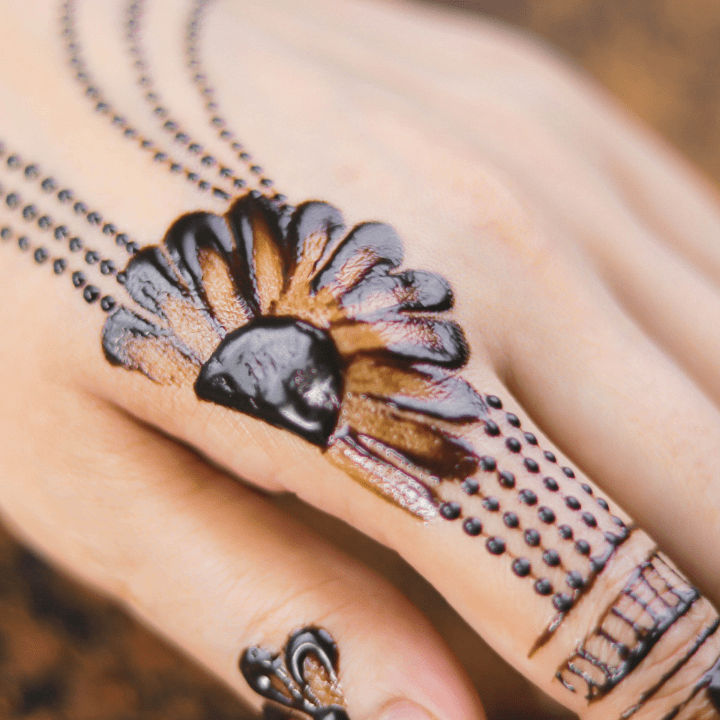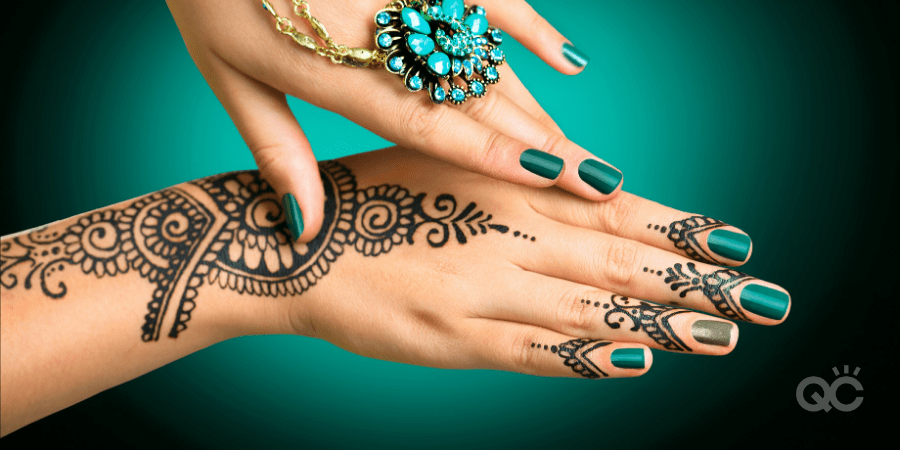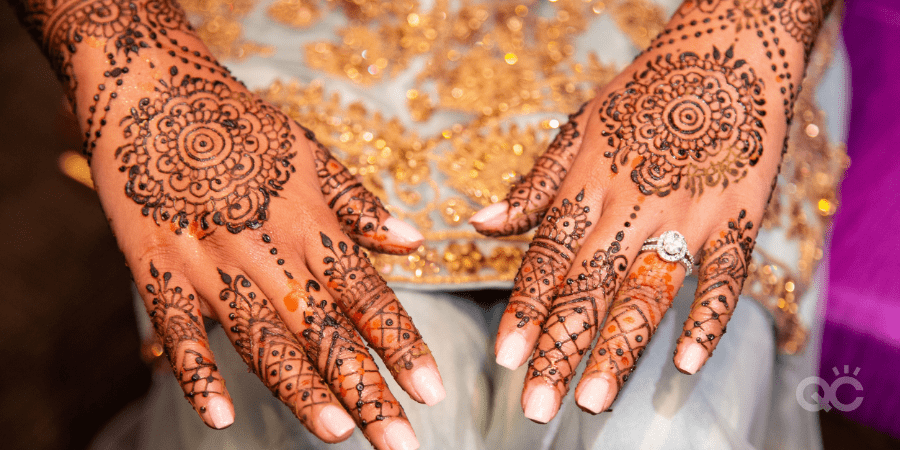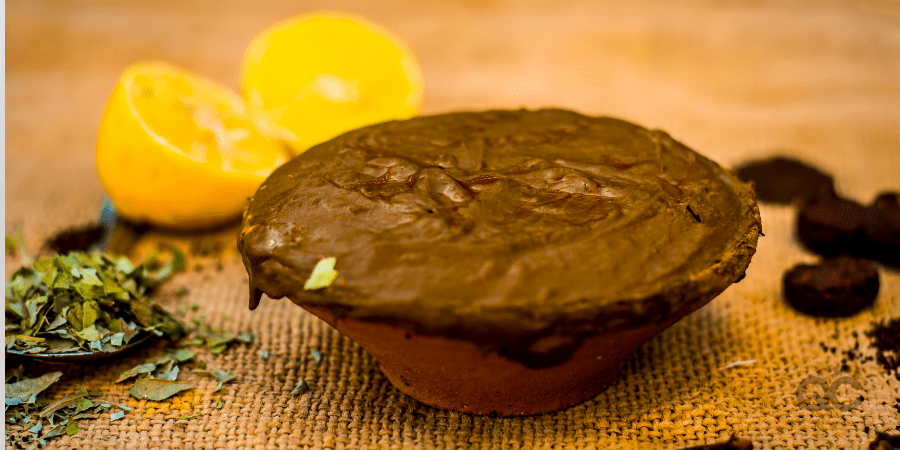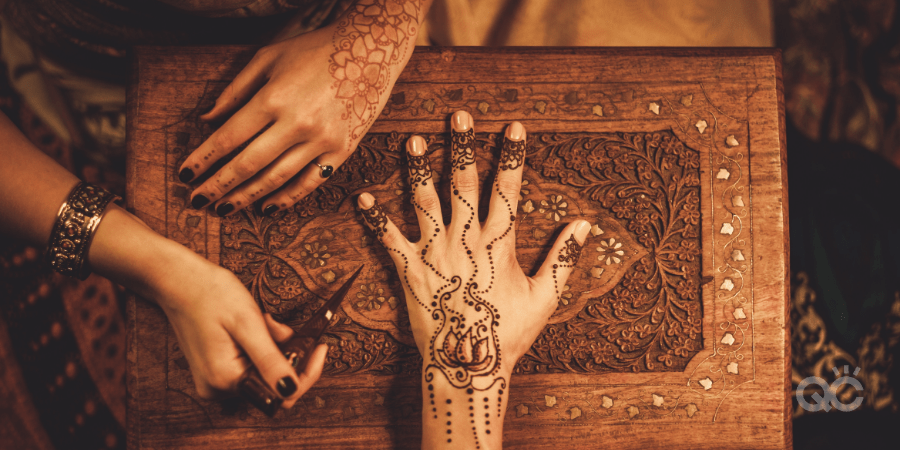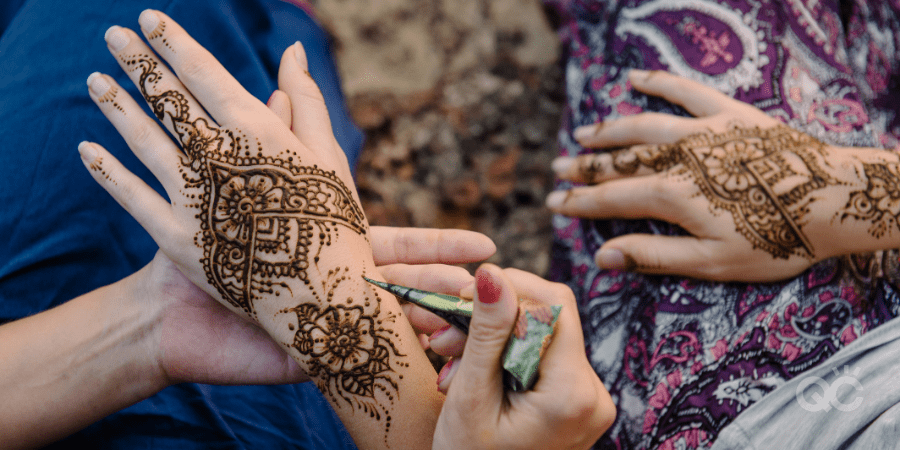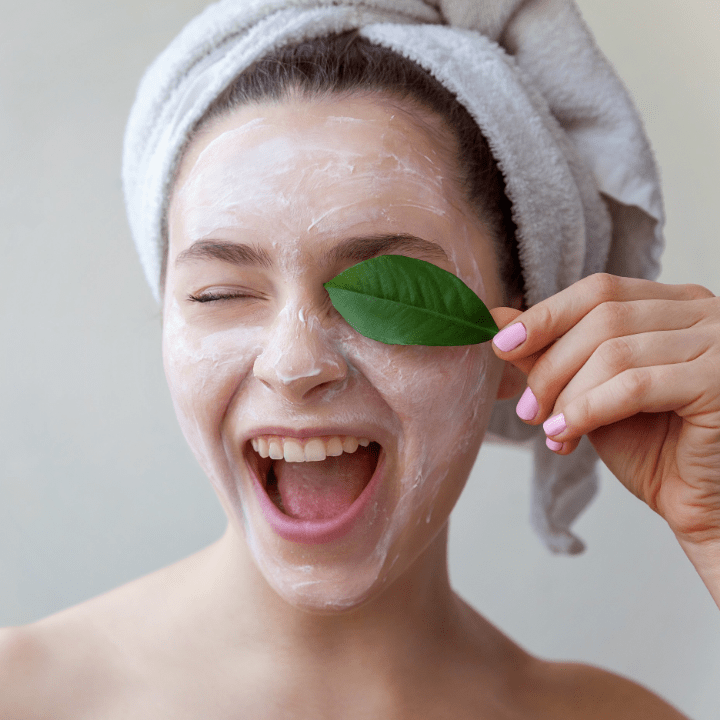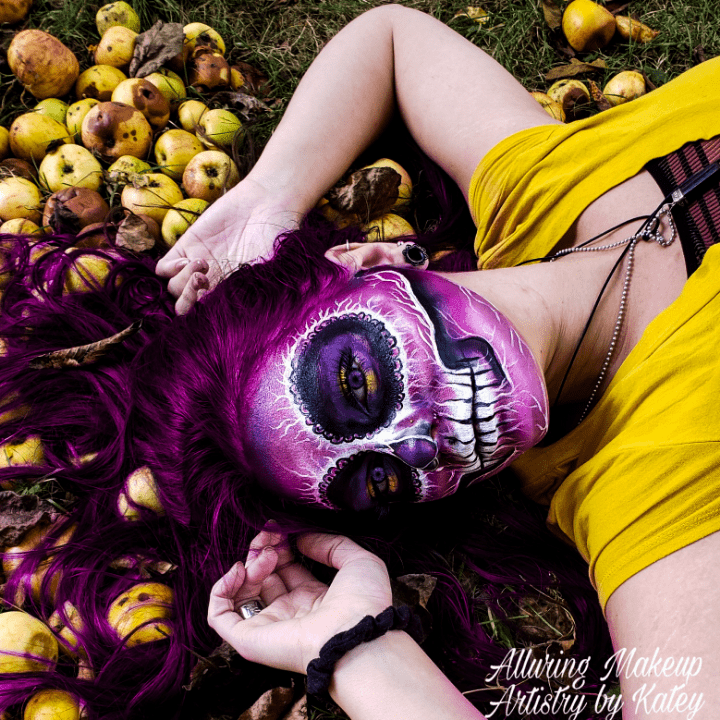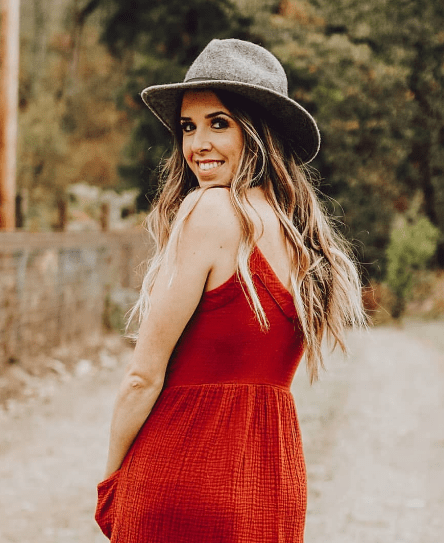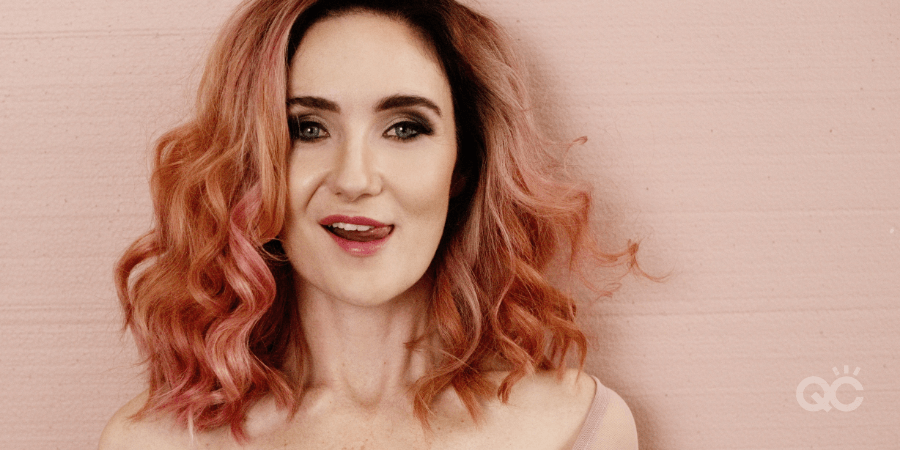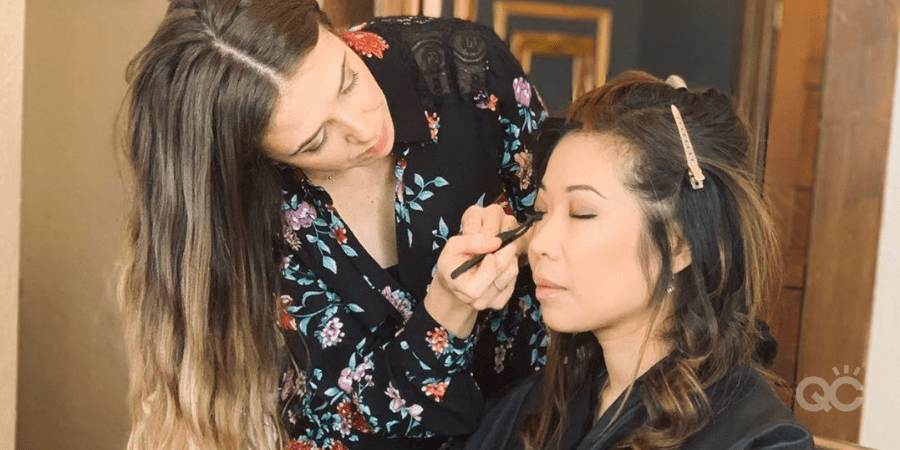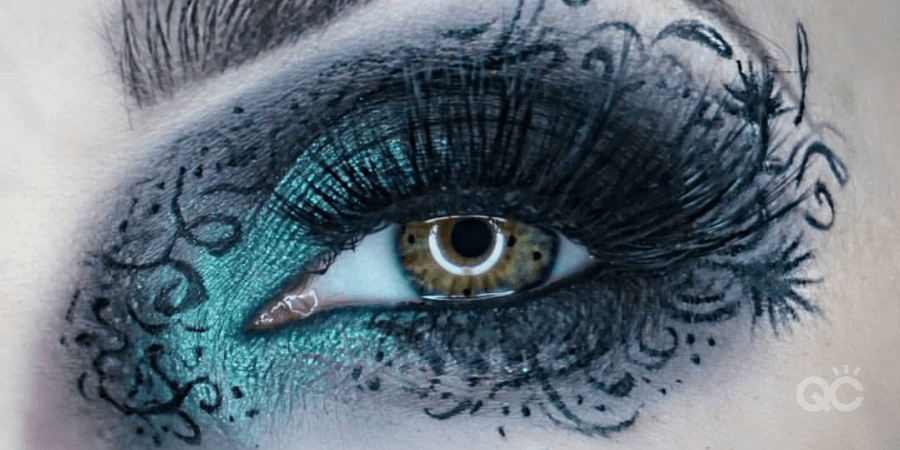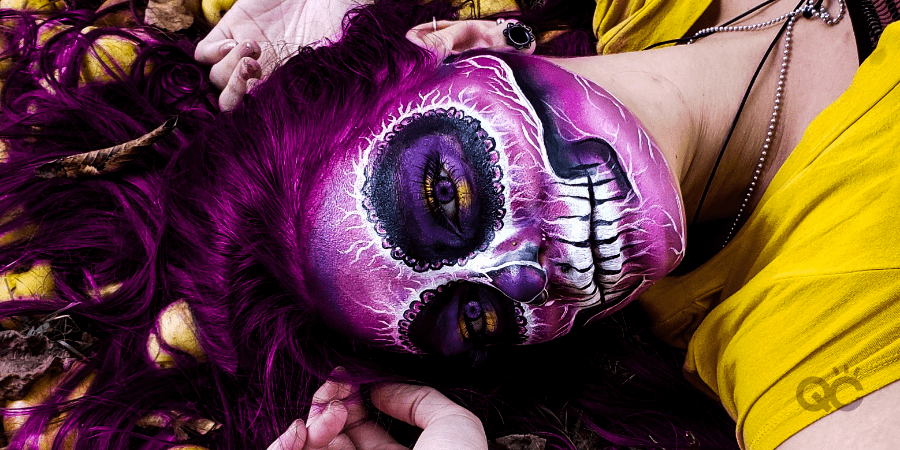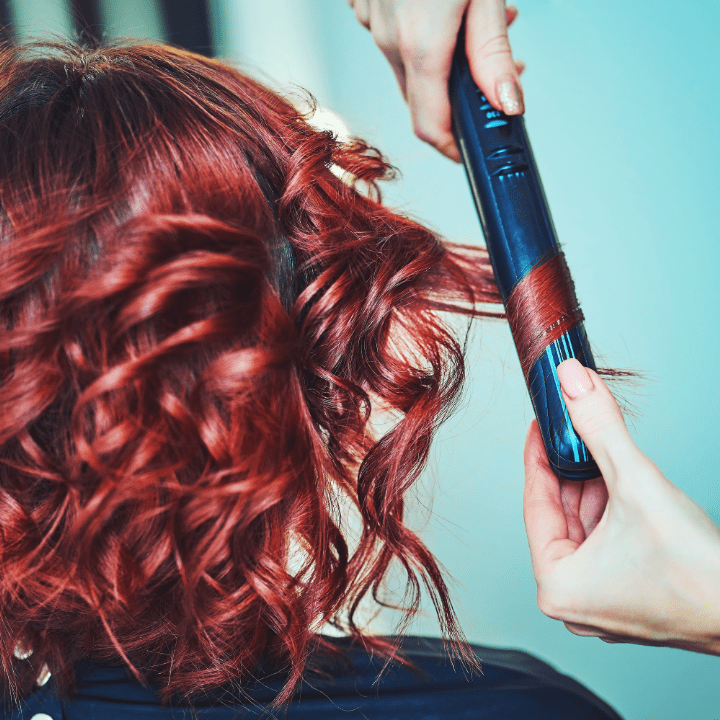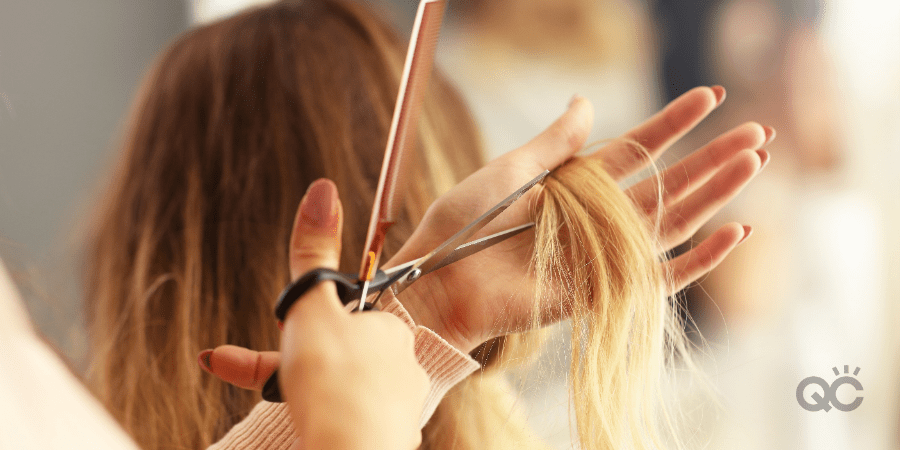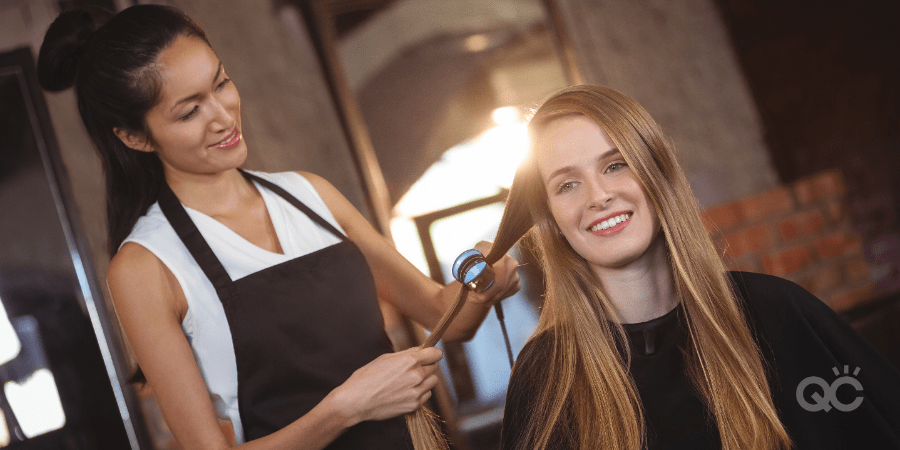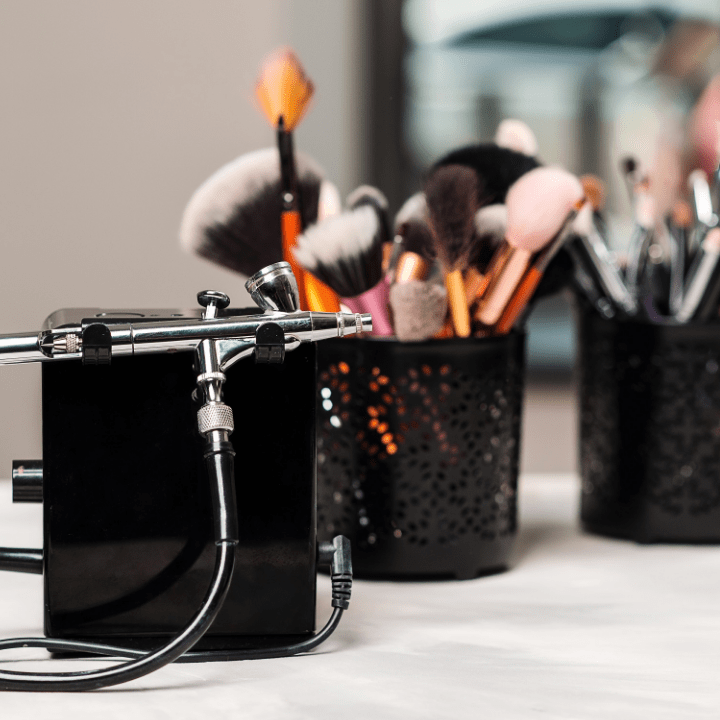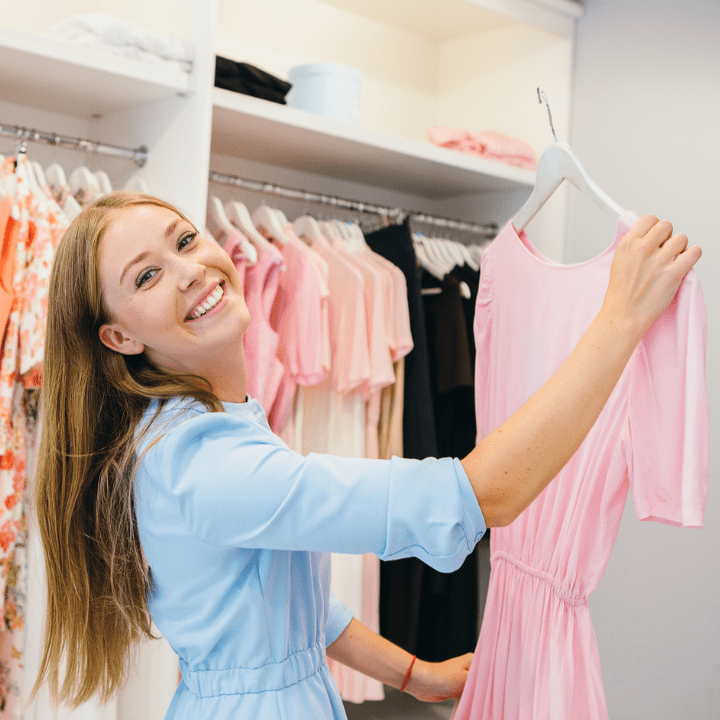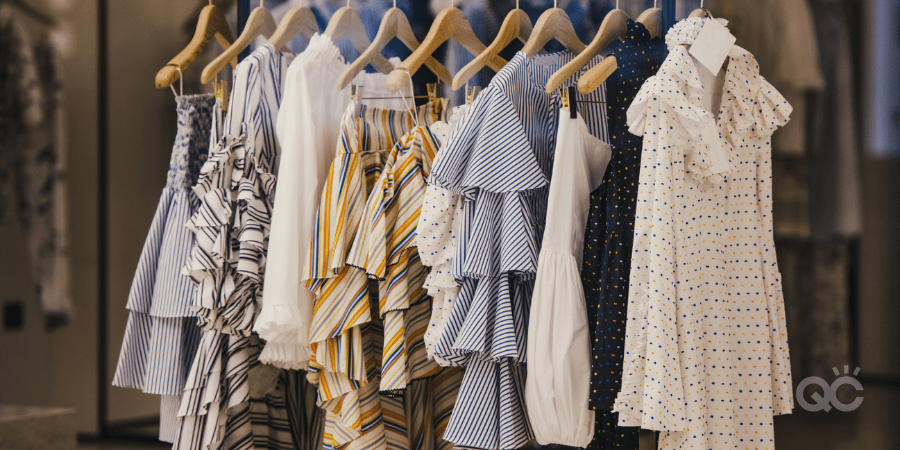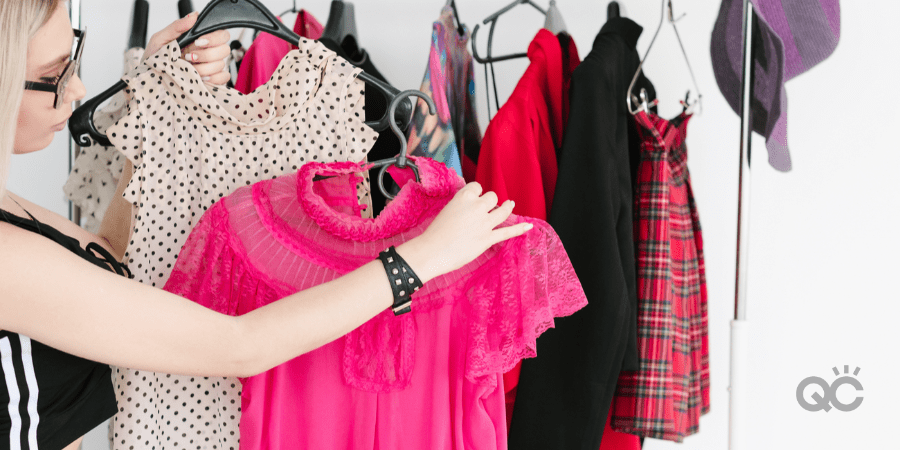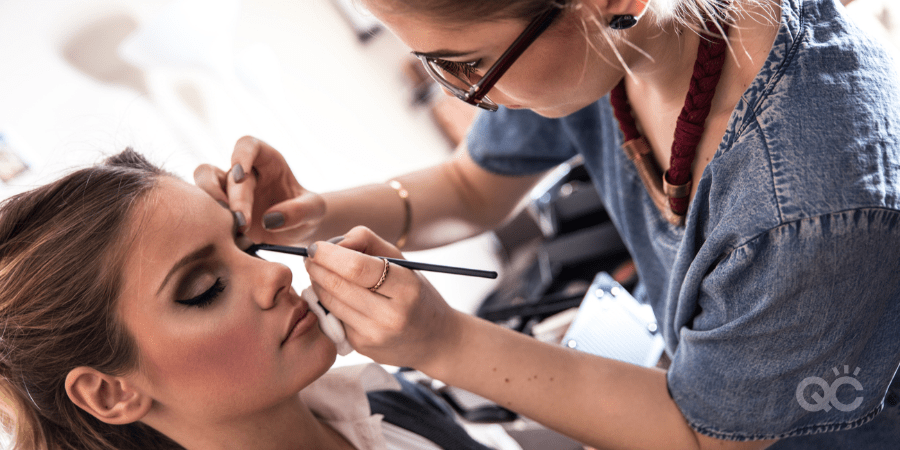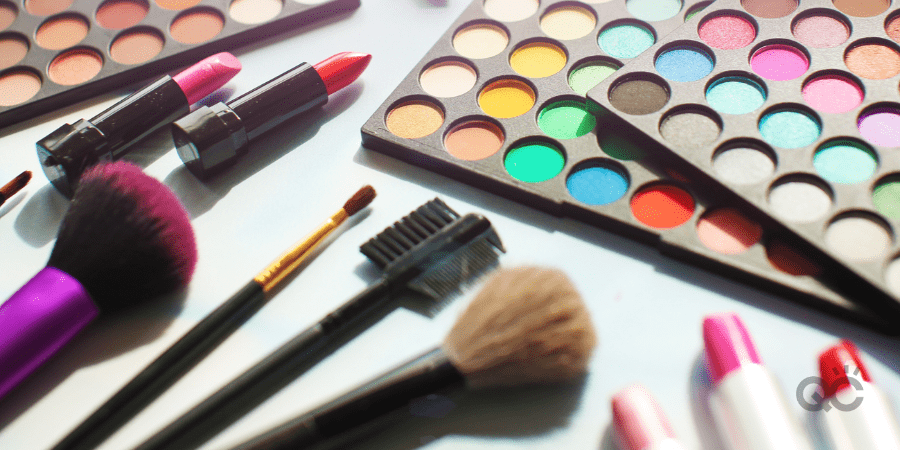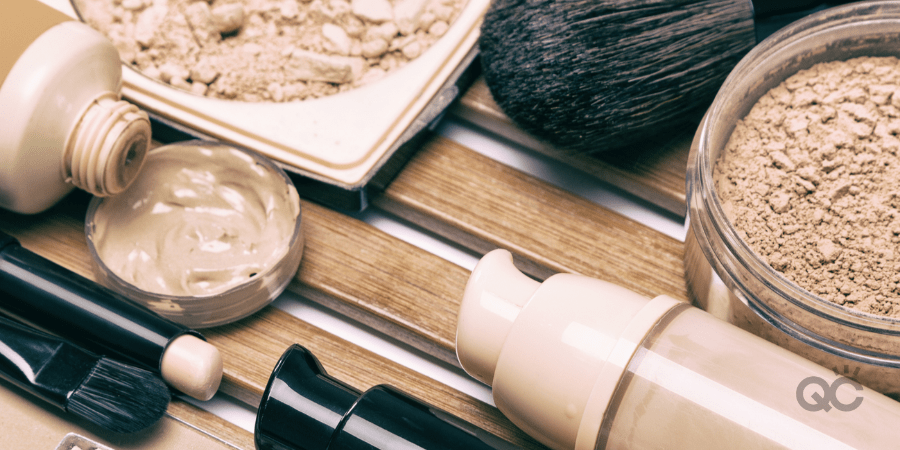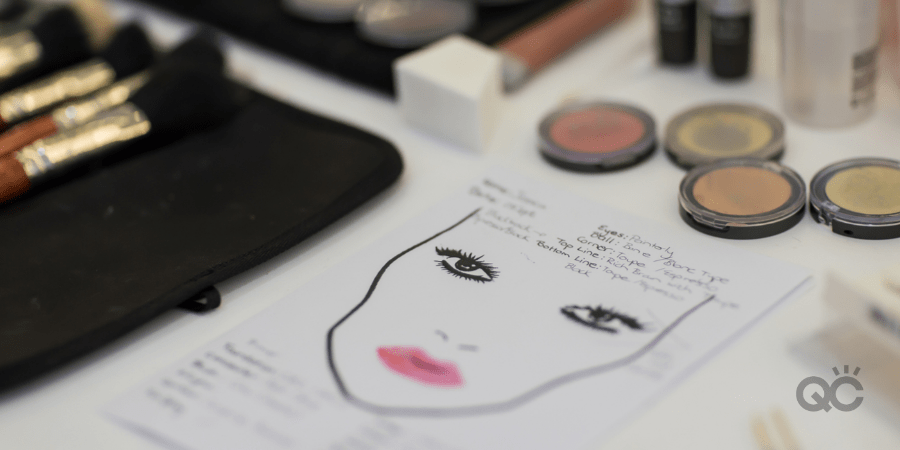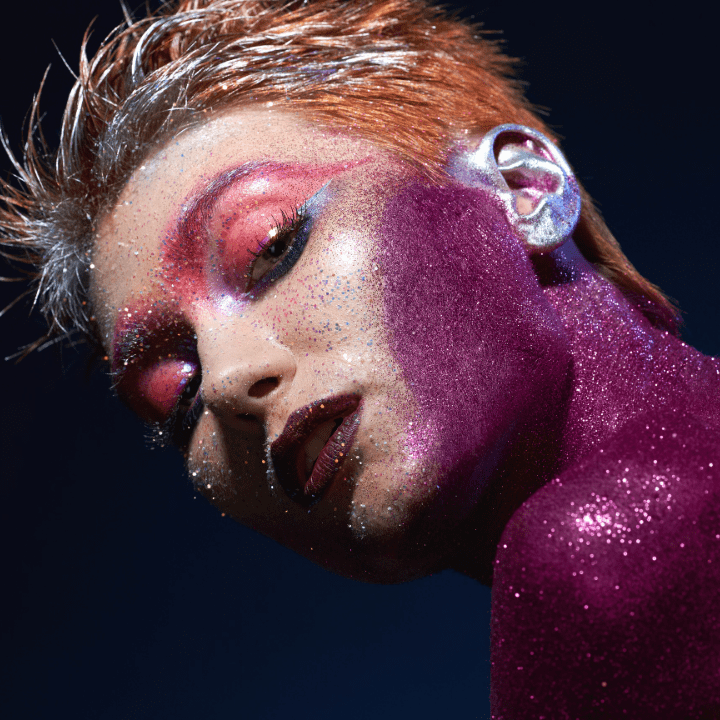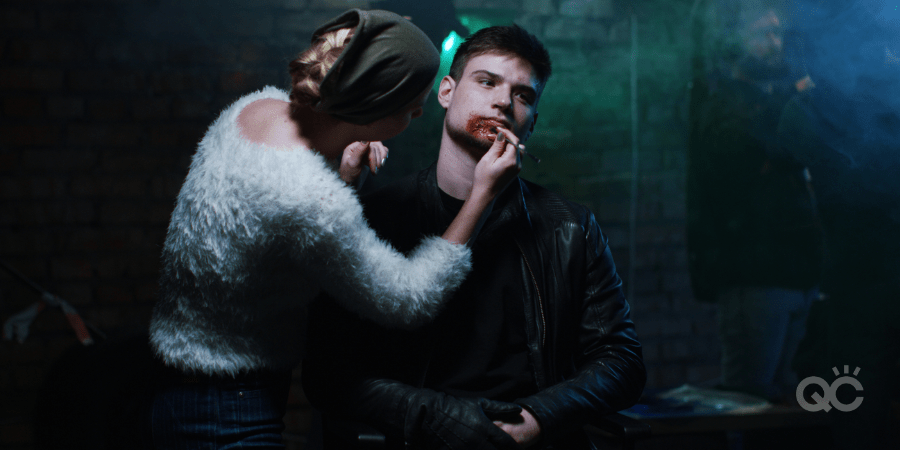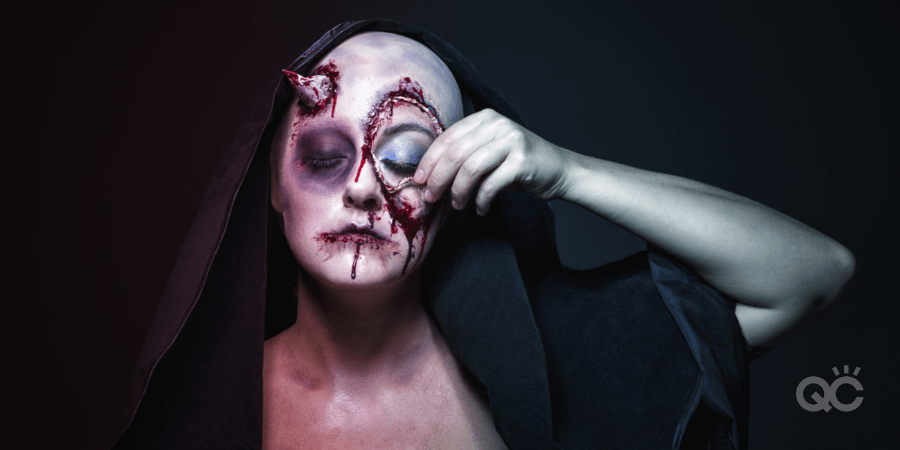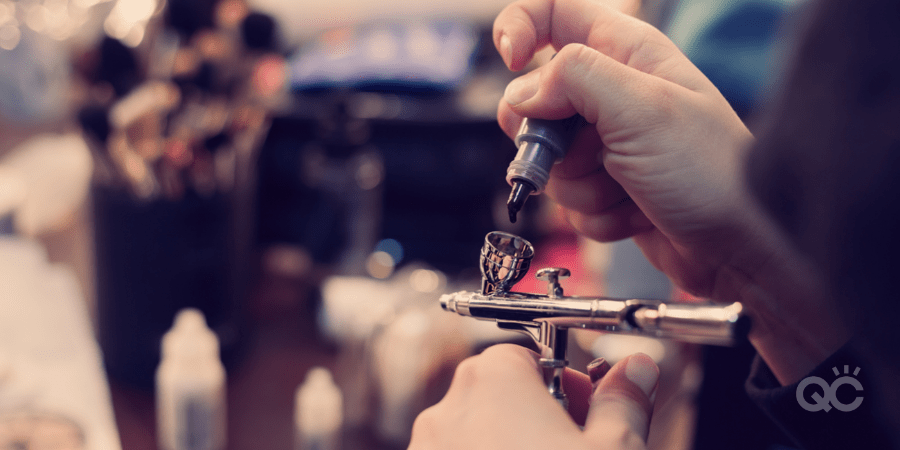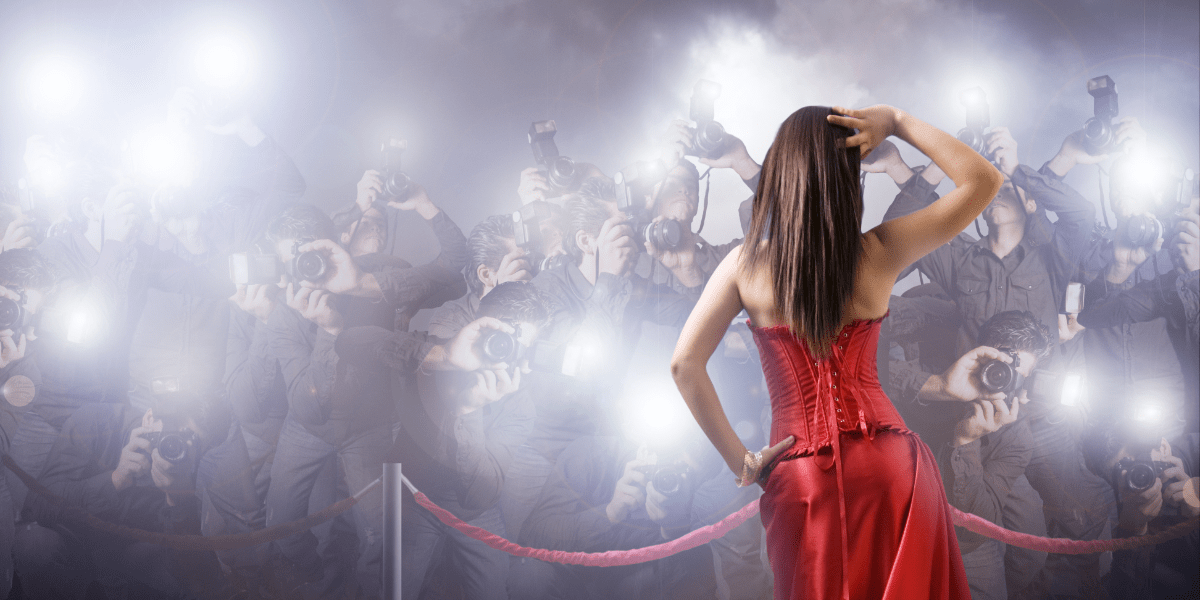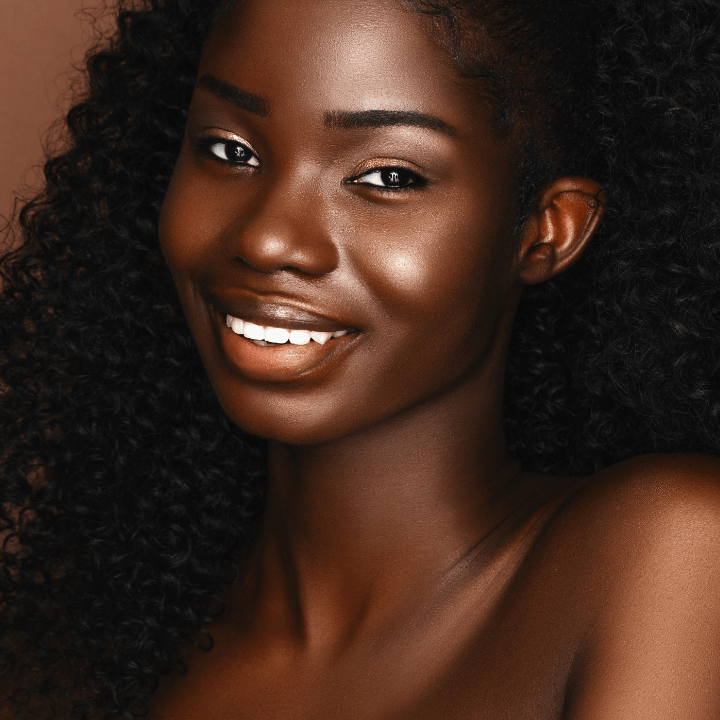
As an up-and-coming MUA, your makeup portfolio and overall business website will be two of the most important aspects of your business. Together, they make your online resume! They will publicly showcase your work, your services, your overall business, and most importantly: YOU!
Your makeup portfolio should live on your business website. Importantly, this website can’t be hastily thrown together! It will require lots of time and effort. You’ll need to build everything from the ground up, make it the best it can look, and then regularly fine-tune up whenever possible. It’s not a one-and-done process, but an ongoing one. So we hope you’re willing to put in the work!
Your website and makeup portfolio can be the deciding factors in whether a potential client chooses to work with you or not. After all, they set the standard and make the first impression.
So if you’re unsure about what to do, don’t worry, we’ve got you covered. Keep reading to see 3 awesome examples of makeup portfolios, and the awesome websites they live on!
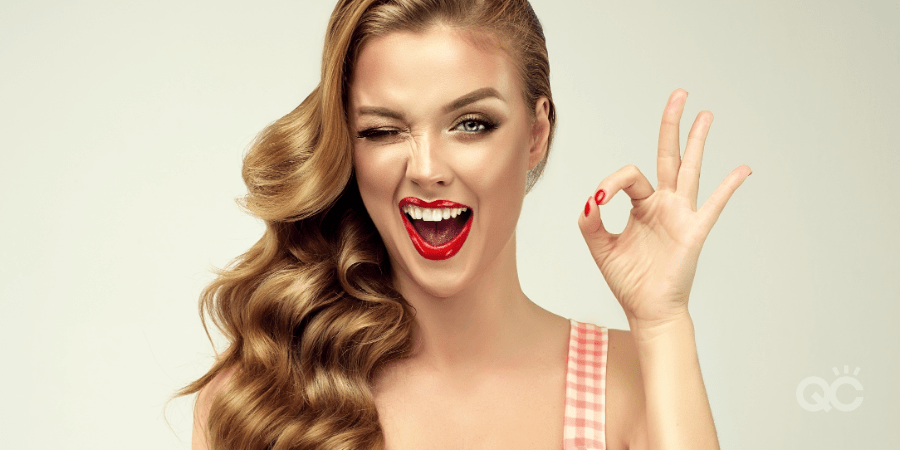
What should a good makeup website include?
You not only want your website to look good and showcase your brand, you want it to also include as much business information as possible for any interested customer. If you think the common client will want to know it, put it in there! It’ll look better if the information is already available to her, without her having to ask for it first.
Things you should include on your business’s website are:
- Some info about you and your company. You want your clients to get to know you a bit, so a rapport can be established from the get-go.
- List of your services.
- Your current prices for your services. This information can be combined with the list of services, if desired.
- Contact information. At the very least, include a phone number and email address for clients to reach you. If you have a physical address for your business, include that as well.
- Reviews. In the beginning, you may not have any – and that’s okay. But as they start coming in (even from family and friends), include them on your site. Potential clients want some sort of proof that you’ve not only done legitimate work before, but that there’s tangible evidence your work is of good quality.
- An image portfolio. Most importantly, you NEED high quality images in a well-rounded portfolio that show off your makeup skills. Whenever possible, have the photos professionally done. The floor is yours here to showcase your wide range of talents! Be as diverse as possible; display different skin colors, textures, etc. Show clients of different ages, sexes, and ethnicities.
- It’s always a good idea to show clients that you can do an abundance of different makeup looks and styles. Here are 5 looks every MUA should try to have in their makeup portfolio! If you have a specific, preferred niche (such as bridal makeup), then try to spice up the different kinds of looks you do within this category. Throw in some focused application shots, like of the eyes or lips!

Now that we have the basics covered, let’s check out some examples that demonstrate the above flawlessly!
QC graduate and professional MUA, Katey Stevens, is an absolutely rock-star! Not only are her makeup skills killer, and her freelance business successful – her online presence is something that every aspiring makeup artist should look up to.
On top of posting great content regularly on her social media pages, Katey’s business website and makeup portfolio are totally solid. The homepage of her site checks off all of the boxes we’ve listed above, but there’s also a navigation menu that allows you to go directly to each specific section, as desired.
Her Contact Us page not only includes all necessary details to reach her, but even embeds a map to her business location. She couldn’t possibly be making things any more convenient for her clients if she tried!
Two highlights of her makeup website are her Services pages, and her FAQs section. Firstly, Katey has worked hard to build on her skill set and offer MANY different services for her clients. In addition to her partial and full makeup services, she also offers (for example) tattoo coverage, groom touch-ups, Special FX makeup, photo shoots, makeup lessons, etc. Each and every service is listed all on one neat page, with rates clearly displayed, too.
Katey’s also clearly taken the time to research frequently asked questions, as well as take into account inquiries she personally receives often from her clients. She’s added an FAQs page to her makeup site so that potential clients can have these questions answered – before they even think to ask them! This is an awesome business decision, and make for a really strong online presence!
Created by QC Student Ambassador and certified makeup artist, Gabrielle Rivera, this makeup website and portfolio is another exceptional example we recommend taking a look at. Notice how Gabrielle’s business site maintains the same header image, regardless of which page you go to. Similarly, there’s a footer image throughout her whole website, displaying her contact info and links to social media.
There’s also a consistency in her font choices and color schemes. It all adds together to form a brand image, and give you a vibe of what Gabrielle’s about. This is an awesome example of incorporating your brand into your portfolio!

Like with Katey’s makeup site, Gabrielle’s website also ensures that all relevant and needed information about herself, her business, her services, her rates, and her reviews are all included in a clear and concise way.
Gabrielle also has a broad portfolio to showcase her past (and best) work, which is neatly categorized into 4 different areas:
- Bridal
- Special Occasion
- Modern Art & Photography, and
- Special FX & Body Painting
If I were a client looking for a skilled makeup artist, I’d be instantly impressed at how flexible her skills are. It’s clear that Gabrielle knows many different makeup techniques and applications. The professional quality of her photos lets me see all sorts of sides to her.
If I were a potential customer, Gabrielle’s portfolio would definitely assure me that she would be a reliable and professional MUA to book with!
Two awesome things stand out to me when looking at Gabrielle’s website. Firstly, she has a Book Online feature that allows clients to view Gabrielle’s availability. From there, they can schedule an appointment without needing to deal with any phone calls or emails.
Eliminating this back and forth hassle not only saves all parties time, it caters in favor of the client. This sort of thing doesn’t go unnoticed, trust me!
The other fun thing that Gabrielle’s worked into her makeup site is a live chat option. Should there be clients who can’t find something, or they simply wish to speak to a real person, they’ll benefit from having this option available to them. Gabrielle has really covered all the important aspects in her website!
3. Jacquie K.
This Ottawa-based makeup artist stands out to us for many reasons, but the biggest one has to be that she is the PERFECT example of what it means to find your own unique niche and then completely corner that market in the industry.
How does Jacquie do this? No, it’s not because all of her products are cruelty-free (although that’s a bonus for sure). It’s because she’s known for her converted school-bus-turned-beauty-bar.
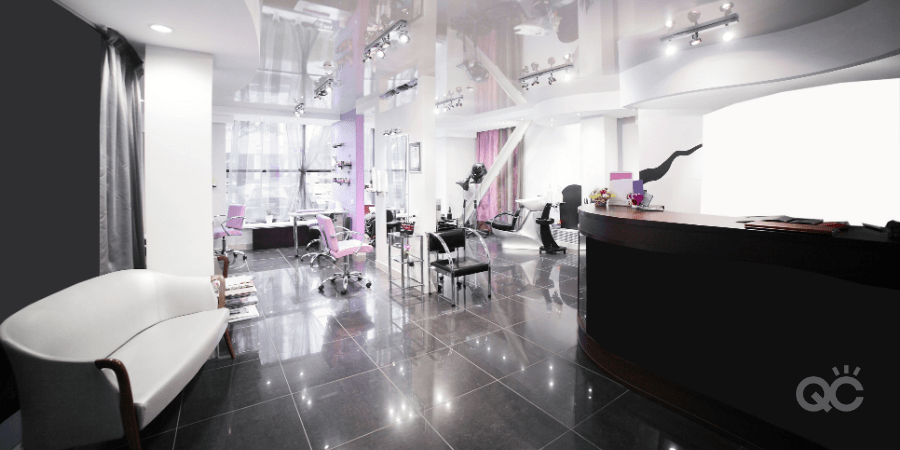
Yeah, you heard us. Go to her website and see what we’re talking about. Pretty gorgeous, right?
This definitely makes her stand out from the competition. In a city as big as Ottawa, that’s an impressive thing to accomplish! Not only is the bus a unique factor on its own, it also allows Jacquie and her team to travel directly to clients and rent out their services. Can you think of a more convenient freelance makeup business?
In terms of the way Jacquie’s makeup website looks, it’s hands-down one of the most beautiful examples. It works in all the needed information effortlessly, has a smooth flow from page to page, and showcases her brand to perfection.
Her portfolio is also jam-packed with quality content. It ranges from various images of makeup looks to hair styling. Jacquie’s even branched out into creating her very own makeup, which customers can choose to buy online from her website. Cool!
Note: It’s worth noting that another fantastic thing all 3 examples have in common is that they all outline reservation and cancellation policies directly on their websites. This detail can sometimes be forgotten, but it’s important that you remember to include it when outlining your services on your website!
Want to become even more of an expert at creating and building your portfolio? Enroll in QC’s Portfolio Development workshop today, and WOW your clients with images that clients won’t be able to ignore!
